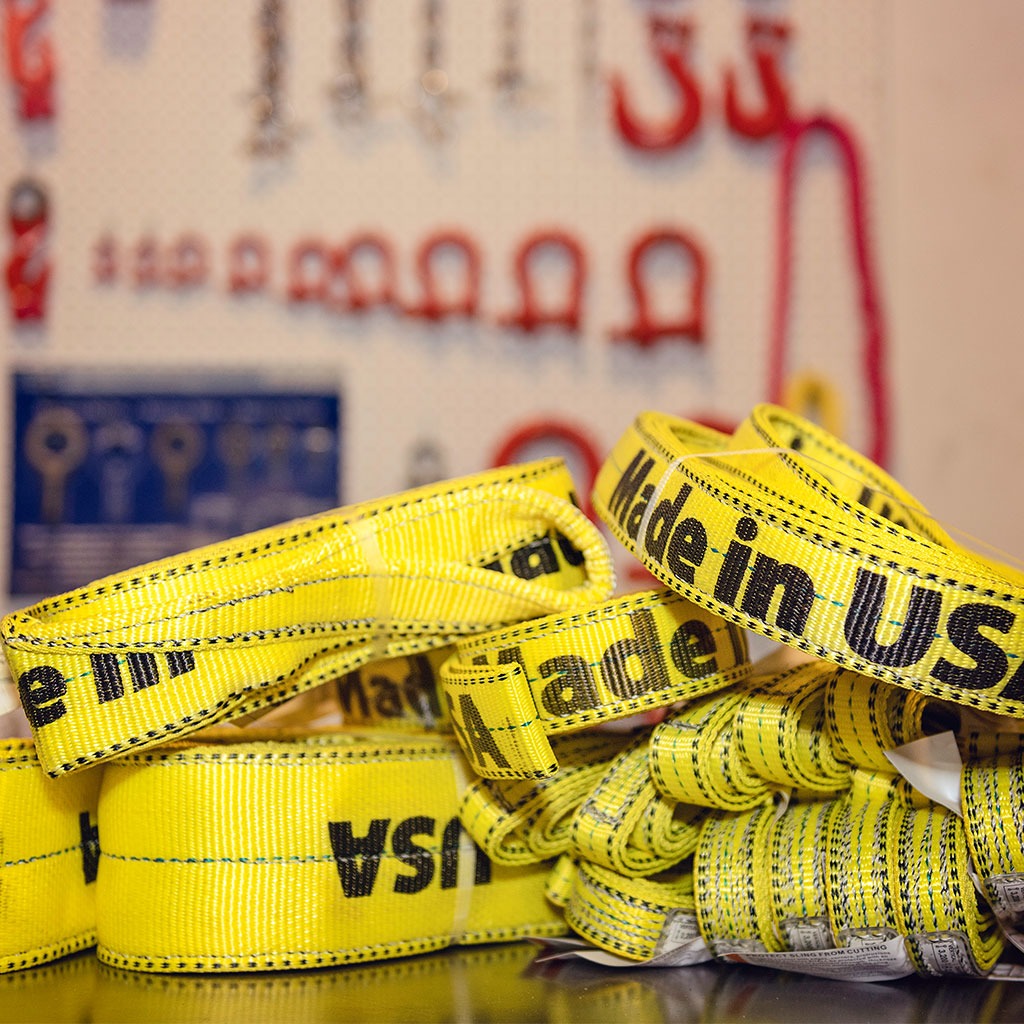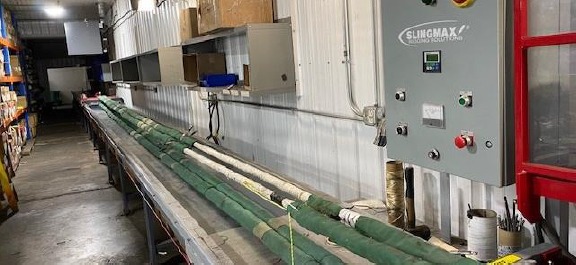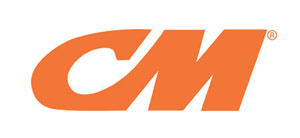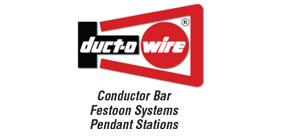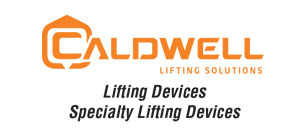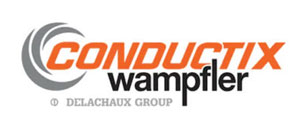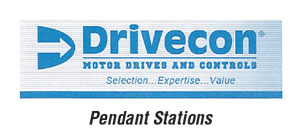No matter what kind of sling you choose, there are certain common elements you will need to consider planning a safe and effective lift:
- Weight of the load
- You will need to know, or estimate accurately, the weight of the load to ensure a safe lift.
- Type of hitch and number of slings or legs
- Consider the loads size and shape, load control (balance and slippage), attachment points, and any fittings that will be needed to connect the sling to the lifting device or the load. Loads should be lifted from a point directly over the center of gravity.
- Reach and angle of the sling
- Available headroom, any obstructions, and type of hitch are important factors in this determination. The angle at which a sling is used significantly affects its capacity. Use the longest reach possible for completing the lift; this will provide the largest angle possible for minimum stress on the sling.
- Protect the load and sling from damage
- Select the best sling material for the load and environment. Use softeners such as shims, padding or sling protectors to prevent damage at corners or projections.
- Inspect slings before each use.
- Protect personnel
- Plan to position and utilize personnel safely during rigging and lifting. Use a line to stabilize or maneuver the load during the lift.
Sling Services Offered:
- Design & Engineering
- Custom Alloy Chain & Transport Assemblies
- Mechanical and Hand Splice Wire Rope Chokers
- Thimble eye
- Multiple legged bridles
- Grommets, Endless and roller wire rope slings
